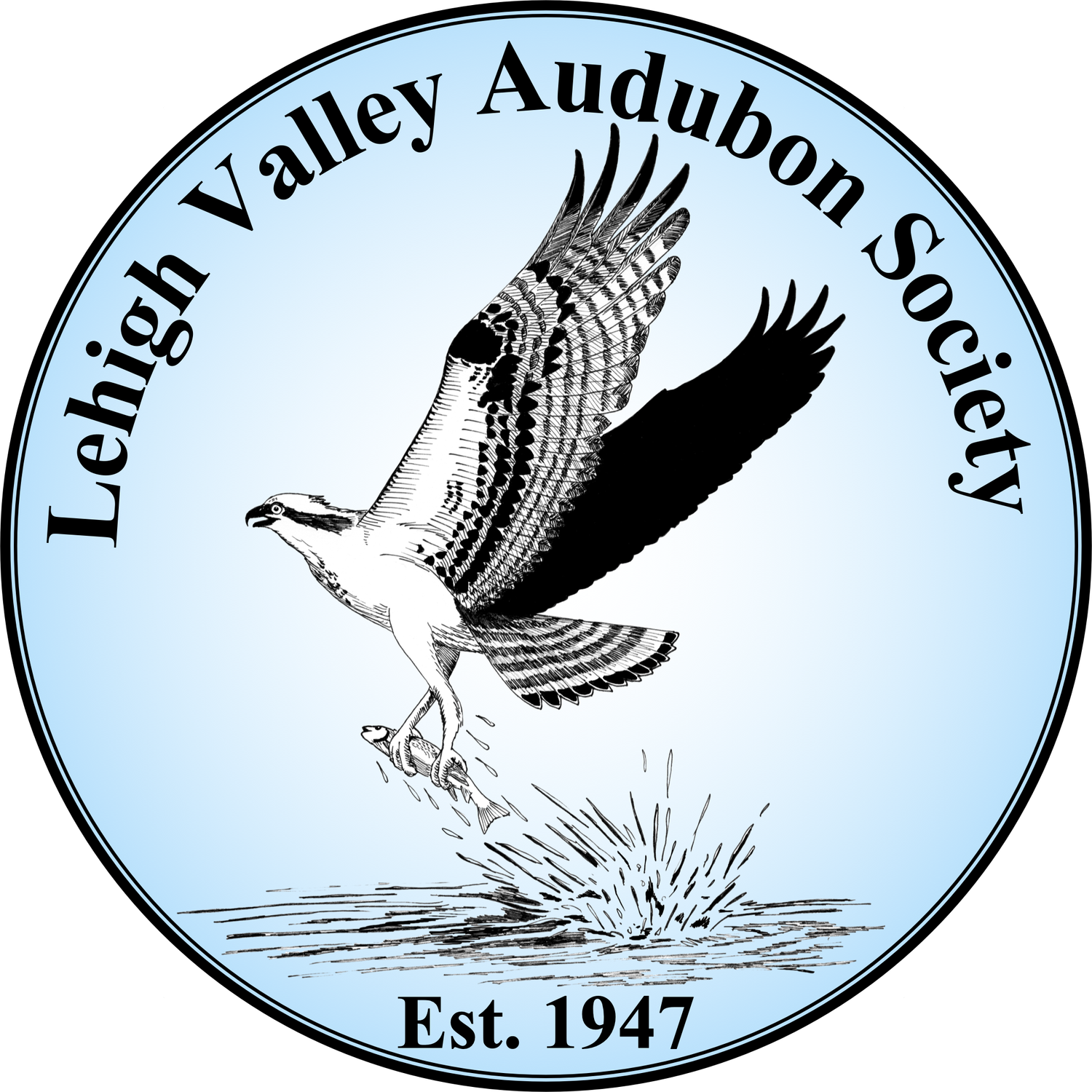About No-Glue SLF Traps and Alternatives
Background about Trapping
While Spotted Lanternflies are a nuisance and even a little scary, they aren’t a major threat to our home landscaping like they are to vineyards. Trapping SLFs in our yards isn’t going to eradicate this pest, but it can reduce a major infestation on our own property. To set expectations, realize that you are unlikely to free a tree from SLFs because more will keep arriving from neighboring properties.
What trees to use traps on
Traps aren’t effective unless you have an infestation on the tree. Look up on the trunks for SLFs and look for their glossy honeydew under the trees. Researchers have learned that nymphs are attracted to different species of trees than adults, so a nymph infested tree in May could have few SLFs by August even without intervention. SLFs won’t kill your mature landscape trees (*see note below on Tree-of-Heaven) and they don’t affect all tree species. But there are a few tree species that over several years of major infestations can become stressed. It’s trees with infestations where you can use a trap. These infestations lead to issues with honeydew and sooty mold.
Commercially available Traps
Great Lakes IPM developed circle traps for SLFs with the USDA. It’s a reusable trap that can last for several seasons. The Light Duty Trap (GL/GL-4011-00) is recommended for most situations. The bag that collects the SLFs can be replaced with a standard kitchen zipper bag. It works best on tree diameters of 9 inch or less. You can use more than one trap on a large trunk. Order here.
Lancaster County Conservation District demonstrates the simple assembly in this video.
The BugBarrier Treeband is most effective with early stage nymphs. Its design uses an inward facing glue with a rigid outer protective cover that avoids bycatch of birds and mammals.. Order here.
White-breasted Nuthatches are a frequent victim
DIY No-glue Traps
DIYers report successes with home developed designs that use inexpensive materials like window screening and barriers such as aluminum foil or batting around the trunk to prevent the insects from climbing up the tree. Nymphs can’t figure out how to go down, so easily get trapped in folds of screening. Adults are more challenging with the most successful traps funneling the insects into a hanging bag or bottle. Ants, spiders, and other insects know how to move down and out of the traps! So these traps avoid most insect bycatch in addition to protecting birds and mammals!
Instruction sheet with materials and link to video by SLF Task force of the Arden Gardeners Guild. This is one of the simplest and lowest cost approaches we’ve seen! Traps by Arden Gardeners Guild
Here are detailed video instructions for 2 additional styles of homemade traps. These are more robust and reusable. Traps by Luke for nymphs. Traps by Luke for adults.
What about chicken wire and mesh protection over glue traps?
Wildlife Rehabilitators receive victims trapped on protected glue tape/ sticky band traps. Insects are still captured and birds will crawl in for a meal. Mesh can fall off or be pulled off by a squirrel on the trunk. Scientists have learned that Circle Traps are more effective at trapping SLFs than sticky tape, so why put our native wildlife at risk when there’s a better alternative?
Alternative Methods to Traps
You can vacuum them off trees or water blast them. My personal favorite is a battery operated “tennis” racket that I keep at the door. Visit Colin Purrington’s website for some great SLF control alternatives and details about Tree-of-Heaven.
What no-glue DIY traps or alternatives are working for you? Let us know at LVAudubon.Advocacy@gmail.com.
*Note - If you have Tree-of-Heaven on your property, SLFs are highly attracted to this species, its native host tree (in the US it’s a non-native invasive tree). SLFs will come to your yard to mate on these trees and can kill them. There are specific management practices for dealing with this tree species.

